Survey launched on police use of surveillance camera systems
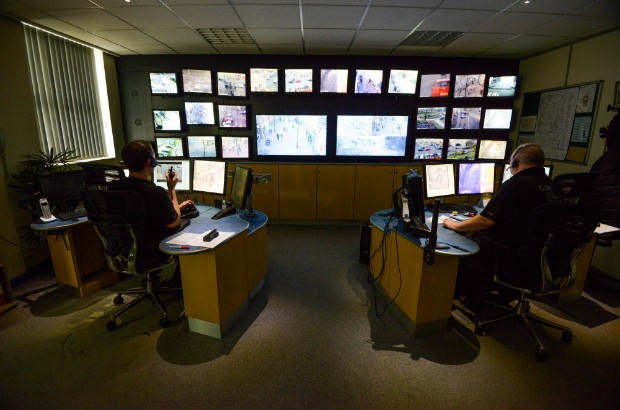
I am beginning the process of gathering the latest information from all police forces under my jurisdiction on their use of overt surveillance camera systems.

I am beginning the process of gathering the latest information from all police forces under my jurisdiction on their use of overt surveillance camera systems.
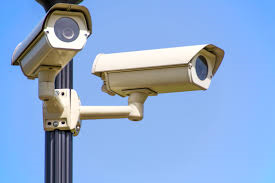
The government has launched a consultation on proposed alterations to the Surveillance Camera Code of Practice. This is the first revision to the Code since its introduction in June 2013.

The Service Level Agreement (SLA) framework is a guidance document designed to help you and your organisation develop an SLA yourselves. An effective SLA is a crucial part of any partnership working arrangements between organisations. This template has been designed specifically for partnerships between relevant authorities defined at section 33(5) of the Protection of Freedoms …

Hello! I’m Fraser Sampson, the new Surveillance Camera Commissioner (and Biometrics Commissioner too). I came into post on 1 March and with so much going on in both the world of surveillance and biometrics, I’m sure the next few weeks and months are going to be busy, but I think this is an exciting time …
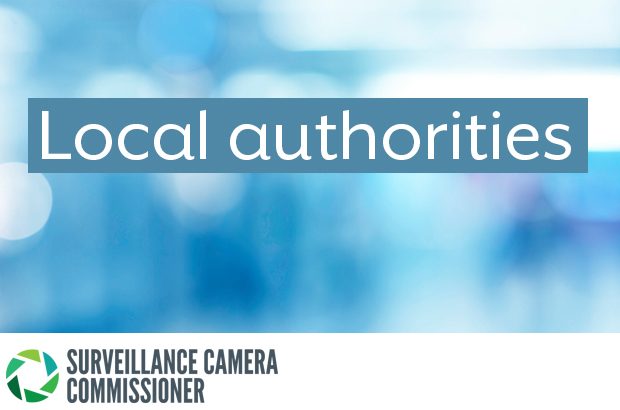
Earlier this year I sent a survey to LAs in England and Wales to gain a better understanding as to the extent to which they were complying with their statutory responsibilities arising from Section 33(1) of the Protection of Freedoms Act 2012 (PoFA) and the Surveillance Camera Code of Practice, in connection with their use …
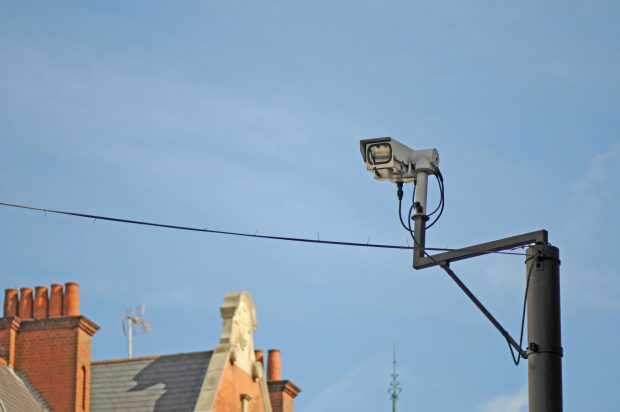
This blog discusses some work around standardising video data produced by surveillance camera systems and the ability of this video data to be easily retrieved and played by the police and the courts.
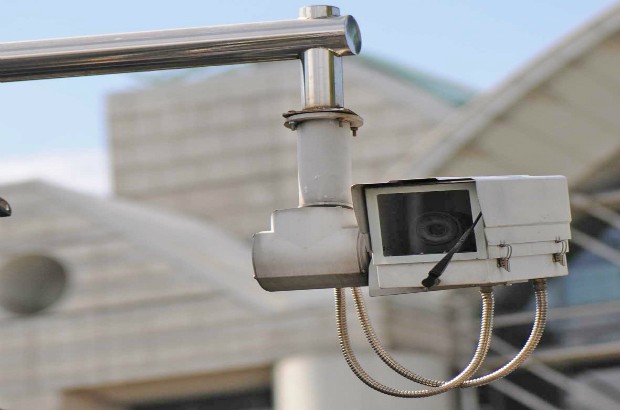
In this blog the Commissioner looks at how surveillance is being used during the COVID-19 pandemic and what lessons could be learnt for the future of overt surveillance.
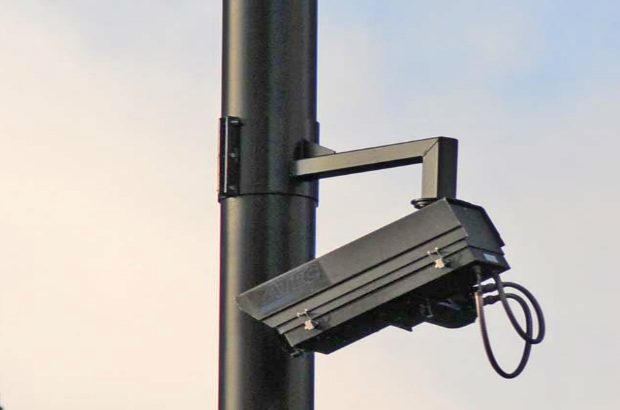
This blog is the first in a short series of blogs from the Commissioner looking back over the six years he has held the post.
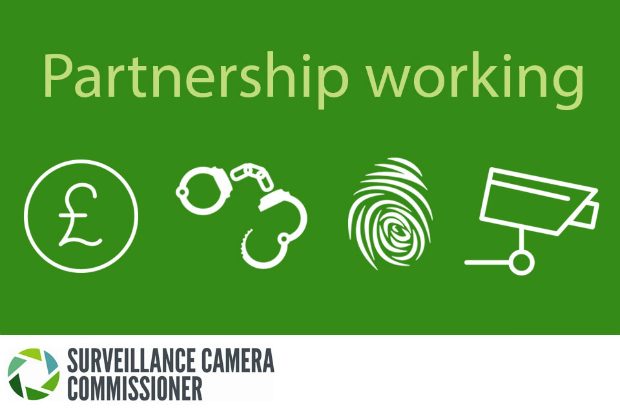
The local authority strand of the national surveillance camera strategy as been working on a framework service level agreement document to help local authorities and police forces write their own agreements. Read about how this work is developing and get involved.
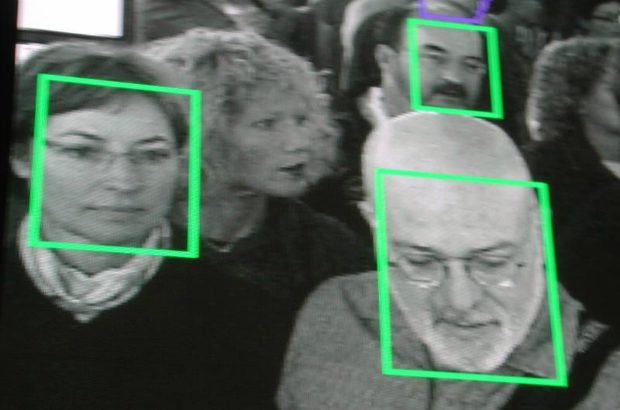
Regulating law enforcement use of automatic facial recognition is a complex area. The Commissioner blogs about the legal framework and the need for regulators and others to work together to ensure that they serve the public interest to the standards they expect, helping those who want to deploy AFR do so within a strong framework …